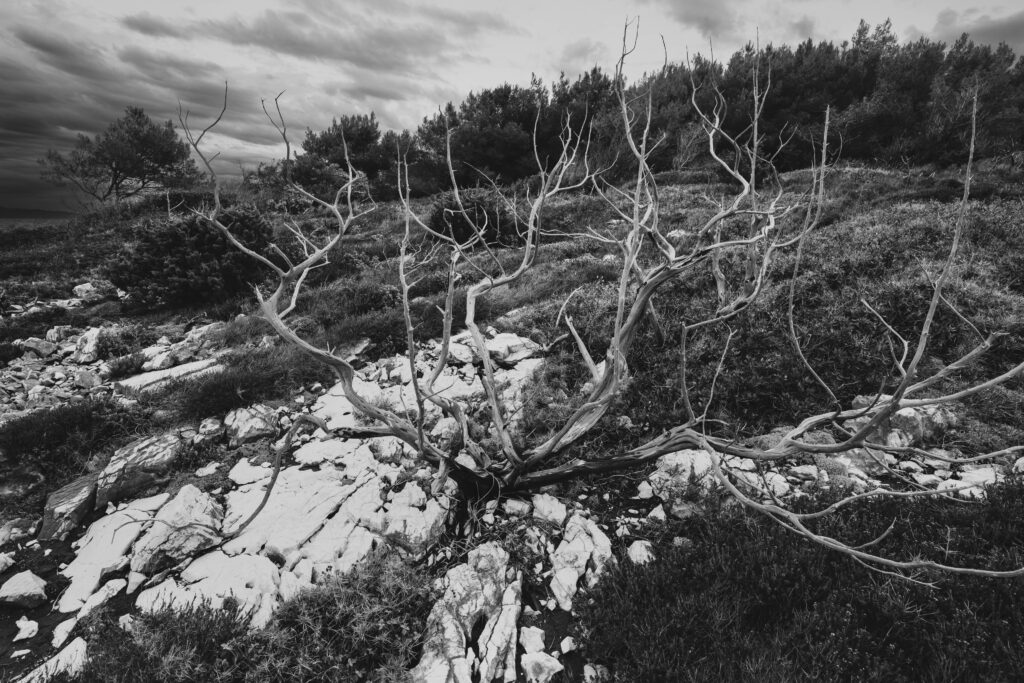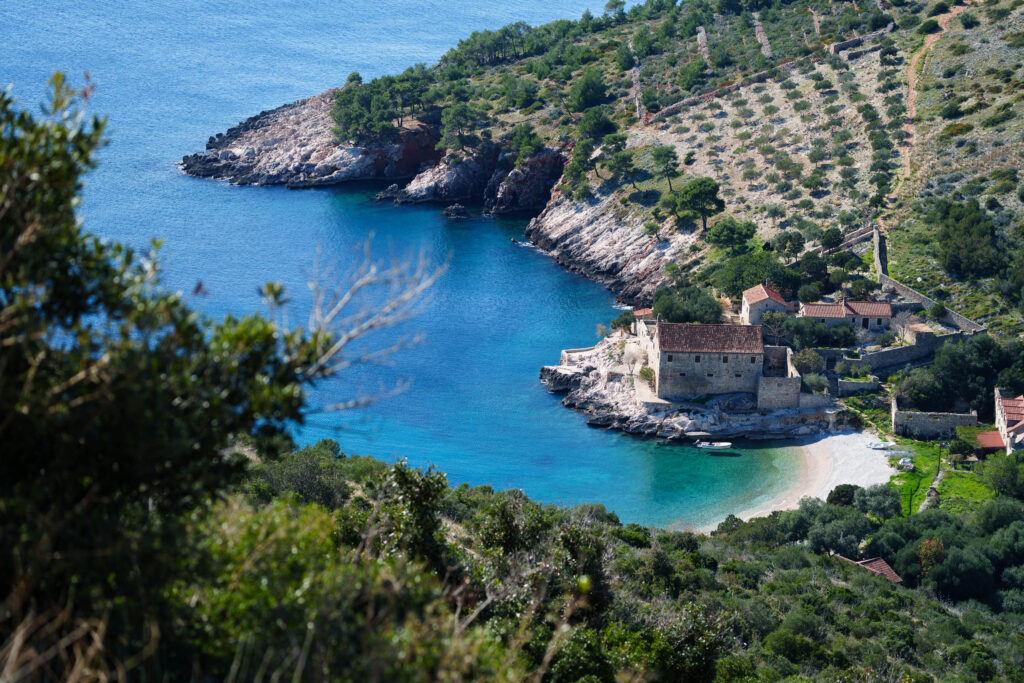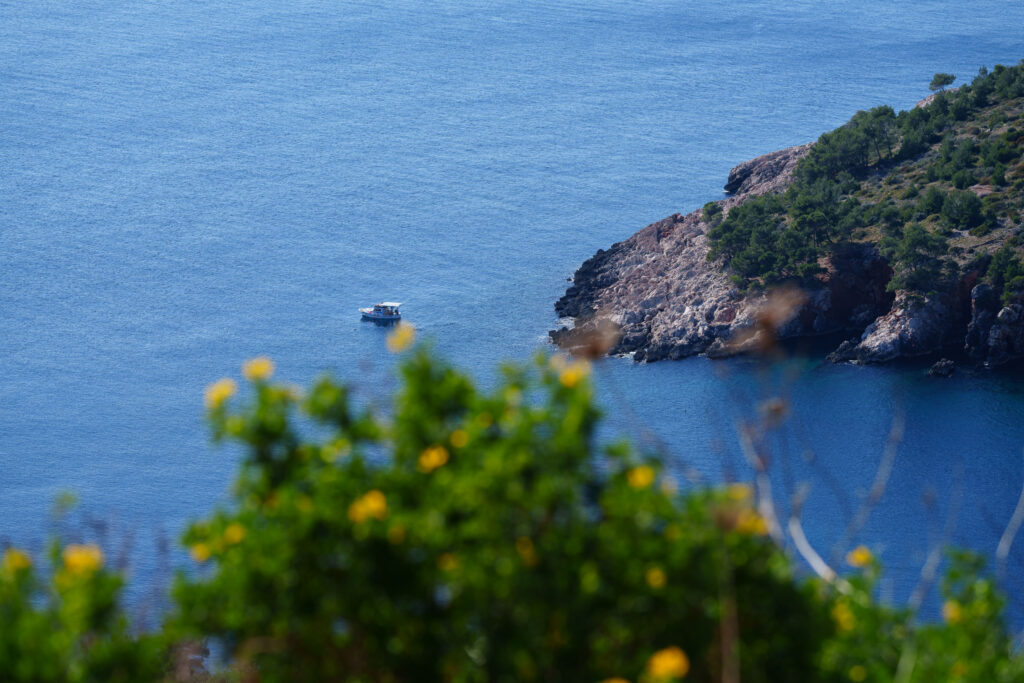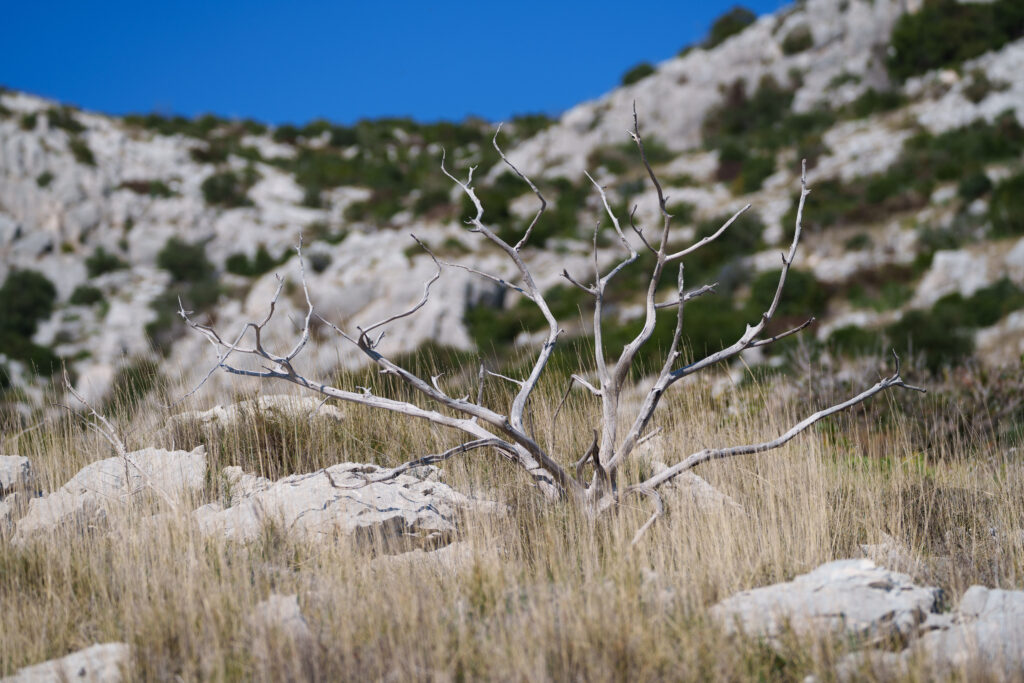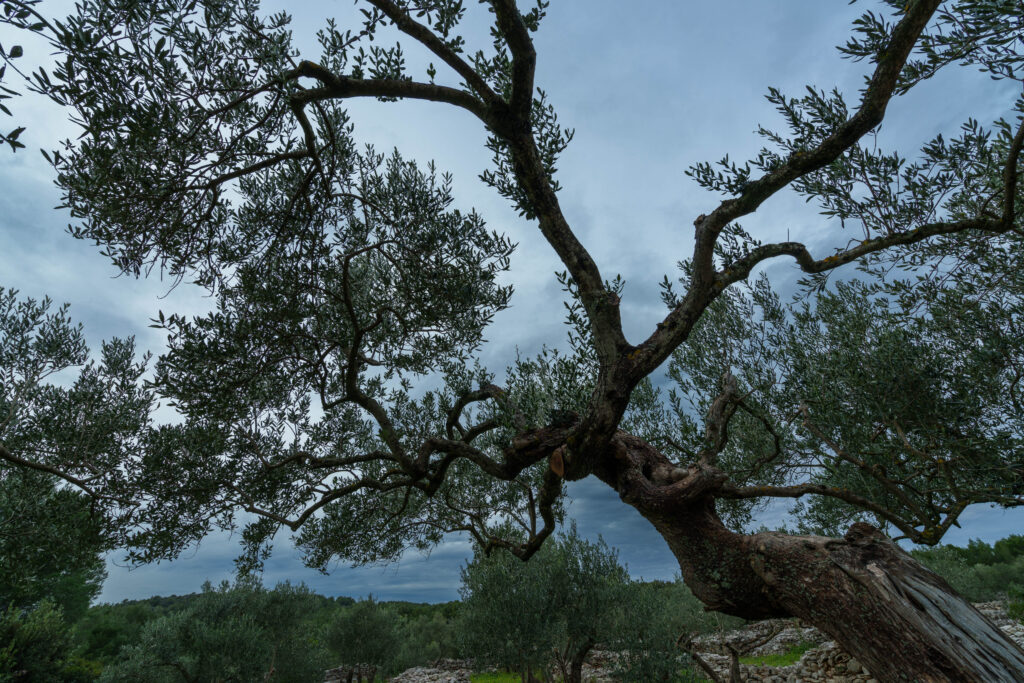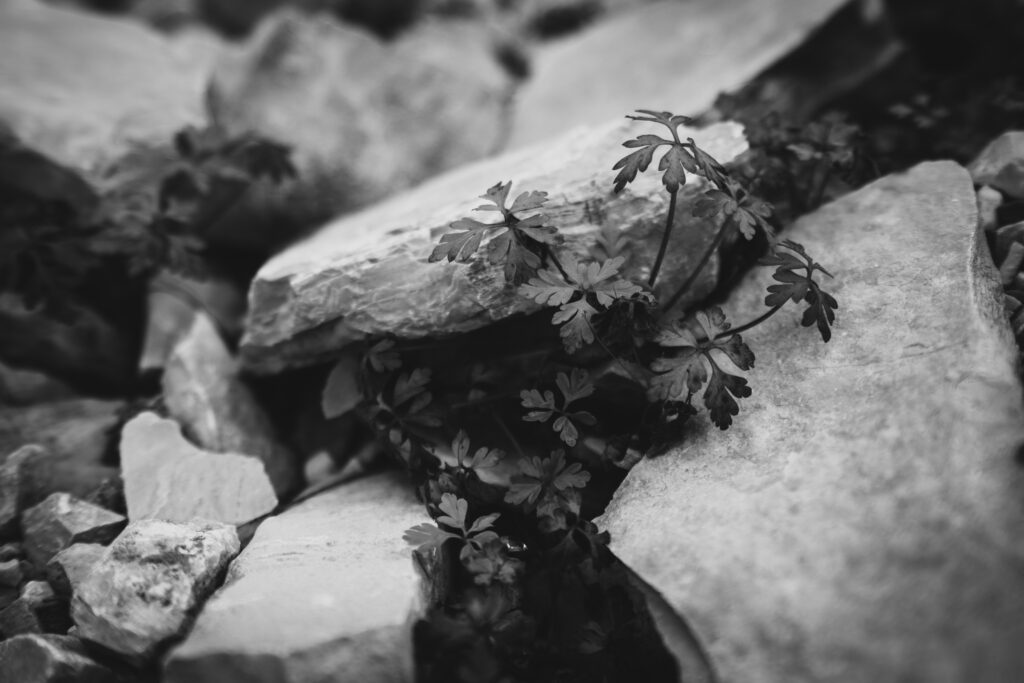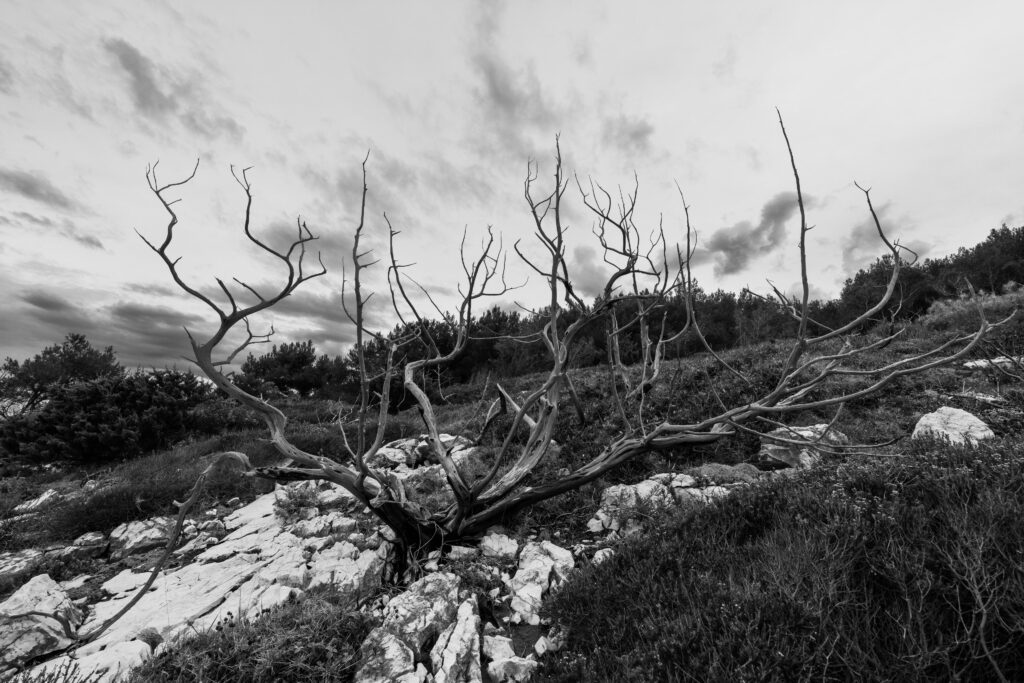I think I have all the gear I wanted now, with FE 35mm f/1.4 GM on the way.
But I was thinking about something else. I’ve seen people react strangely to technically excellent gear such as the Sony A7RV, basically hating it because it’s too good, probably because they think their photography will be seen in a diminished light if they use it, as if it’s all merely an expected result from using the best camera. On the other hand, if they use something old, inferior or rare, they will be seen as more creative, and their photography as something they did, not the camera.
That’s silly. The point of camera is to get out of your way and make your creative process easier. It’s not supposed to be an additional problem to overcome. Sure, if you want to make it hard for yourself, by all means get a Holga, shoot expired film, process it in cat piss and deal with the light leaks for all I care. Will it make you an artist? Not really, but you can fake your way more easily as one in front of people who think that something that looks like shit must be art. Take blurry, grainy and fucked up pictures of old bicycles under trees, lamp posts and beggars in black and white, grow hipsteroid facial hair and eat tofu.
Good equipment, however, means that you’ll only get grainy black&white low-contrast images if you want to. It doesn’t just produce that look because you used shitty film, you can’t focus properly, you can’t hold the camera steady, you can’t measure light properly, and people think you’re some kind of an artist because of it. I don’t have to use Ilford Delta 3200 on a Leica to get low-contrast black and white shots, I know how to cook up that look myself from the raw file. It’s not something I depend on the camera for, because I have control over the entire process with digital. Art is not a function of the choice of equipment; it’s not something camera, film and lab do to you, it’s something you do.
If your “artistic choice” is a function of equipment, then it’s hardly a choice, is it? And that’s one of the main reasons why I shoot digital: because it gives me complete control over the entire creative process. I don’t depend on the availability of film emulsions or the condition of the film. I don’t depend on the availability of processing labs, or freshness of their chemicals, or quality of their scanners. I do everything myself. I choose the motive, the light, the perspective, the lens, the aperture, the focal point, the ISO, the exposure, the “film emulsion”, and so on. The pictures look a certain way because I wanted them to look that way, not because equipment happened to make the choices for me. The cameras aren’t supposed to just go around and take pictures the way they like to. If your pictures have a significantly different look between different cameras, it means you didn’t assert your style over the technology. That’s why my pictures have the same look, regardless of what I’m using – it’s just that higher resolution cameras make better enlargements, and cameras with better autofocus make it easier to catch the bees in flight.
That’s the point of better cameras: they just do what I ask of them, so that I can concentrate on the motive, and not fuck with the camera. Some people think that’s too easy, but I disagree. When camera just does what I ask it to do, then it’s a transparent creative medium, that doesn’t introduce its own nonsense into the process. If there’s an error in the process, I want me to be the one making it, not the camera, because if I made a mistake, I can fix it. If the camera made it, now that’s a problem, isn’t it?
The beginners often ask what equipment to get. I honestly don’t know what to say to that. I should probably say something along the lines of “get something that works well enough that you know that all the mistakes are yours”. It creates a very large interval of possible choices, and yet, it eliminates a lot, too: for instance, it eliminates stuff that makes creative choices for you while you go around pretending to be “creative”. If your photography has a distinct look of a Rolleiflex loaded with Kodak Gold 200, that’s what the combination of camera and film did, not you. If you take a digital camera and carefully engineer the look of the picture to acquire the look of a Rolleiflex loaded with Gold 200, then you can say it’s something you decided to do.
People also get lost in the abundance of options and functions of new high-end gear, and they think they are expected to do something with it, the principle being “you paid for the whole camera, you use the whole camera”. Personally, I don’t care what options the camera has other than those I happen to need. I will learn where those are and how to best use them, and merrily ignore the rest. You can’t allow the gear to impose itself on you. Sure, it can do a zillion frames per second and shoot 4k video; fine. I don’t give a fuck. I’ll set it to single-shot drive and completely ignore the video functionality because I don’t shoot video. Is it a waste of camera? Not if it does what I need it to do.
There’s another thing: some people can’t stop talking about how certain old gear was just better, how it had that special look, those special colours and so on; whether it’s Leica or Zeiss glass, or Kodak CCD sensor. I usually can’t tell what they are talking about. If my equipment has “a look”, it usually means a bias from what I want it to do, and I tweak it until I get it to do what I want. If it refuses, I get rid of it. The only kind of look I want my cameras and lenses to have is completely the way I want it at the moment. When people start talking about some lens or camera having “character” or “soul”, it usually means it’s crap and it’s infested with gremlins, and I’m staying clear. Having character and soul is my job, and the camera’s job is to just do what I want it to do and be a completely transparent tool that will give me exactly what I want, not what it wants.
So, basically, it’s my opinion that it’s the bad equipment that’s making you less creative, because it does its own thing, and the good equipment is making you more creative, because it allows you to do exactly what you want. The assumption, of course, is that you know what you want.

